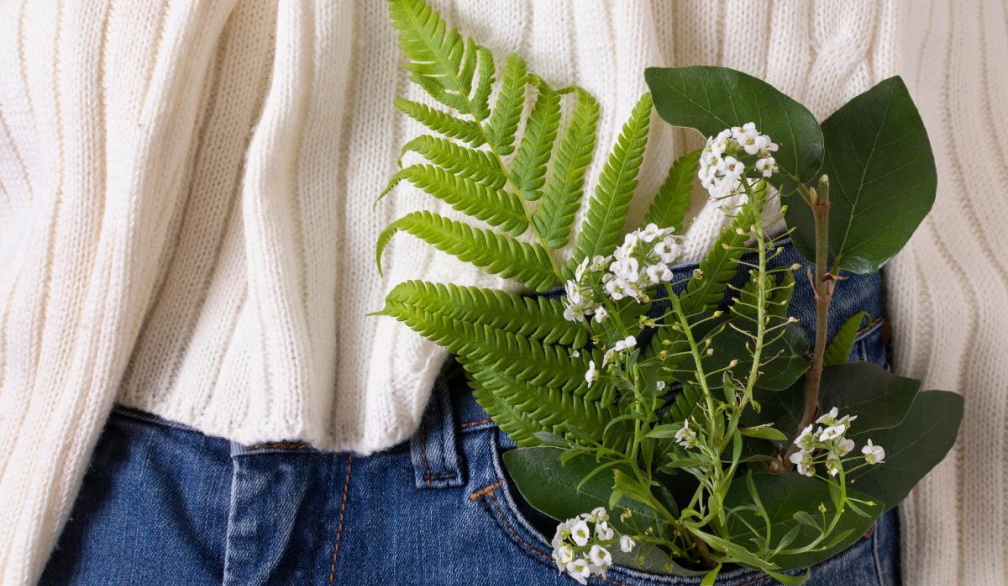How to build a sustainable wardrobe
- Written by Alifa Putri, co-founder at SwapUp.com.au

Building a sustainable wardrobe does not have to be difficult. You want the wardrobe at a low cost, focusing on practicality, versatility and longevity, and importantly, one that reduces our impact on the environment.
Here are four easy tips to follow:
1. Shop your own wardrobe and rise to the #30wears challenge
You might feel like you’re bored of your wardrobe and ‘have nothing to wear.’ But you probably have items in your wardrobe that you can repurpose or mix and match into different outfits.
To begin, create a system that keeps everything organised and accessible. You can simply lay out everything you own on your bed, then start creating outfits based on how you’re going to wear them. Then take a photo of each outfit, so you don’t have to redo this every time you leave home.
This way, you can shop your own wardrobe and rise to the #30 wears challenge, which is all about wearing every piece of clothing you buy at least 30 times.
2. Shop secondhand
If you think you definitely need to add something to your wardrobe, consider buying secondhand first, before deciding to buy new. That way you could reuse existing items and reduce fashion waste. Did you know that on average, an average Aussie buys 27 kg of textile and throws out 23 kg of them?
If you’re new to secondhand, check out online thrift stores like SwapUp as it’s easier to find second hand clothes that are relevant to you. Remember, investing in secondhand quality items is better than buying cheap fast fashion.
3. Choose natural fabric or materials that can be easily recycled
Natural fabrics like cotton and linen are more comfortable and usually can decompose better when they’re treated properly. But not all cotton is created equal. Cotton is a notoriously thirsty crop and about 3 per cent of all water consumed globally is used to grow cotton. So choose organic cotton as much as you can, as organic cotton uses 91 per cent less water than its conventionally grown counterpart.
‘Pure’ fabrics that are not blended are also easier to recycle.
4. Optimise your laundry settings to minimise energy consumption and waste (especially in the winter!)
Finally, you can also live more sustainably by washing your clothes better. To reduce your energy consumption, choose to wash with cold water (most of the time, you don’t need warm water to wash your clothes anyway) and dry them on a clothing line, instead of in a dryer machine.














